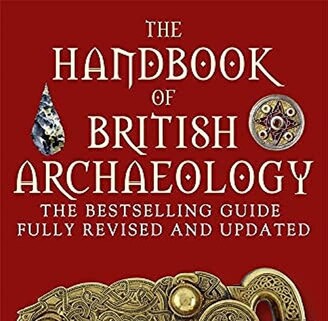The bluestone monoliths incorporated into Stonehenge did not come from a “giant lost circle” at Waun Mawn in West Wales, according to a new research paper published in the academic journal The Holocene.
Dr Brian John, a retired geography lecturer from Durham University, examined the evidence associated with the claim that, around 5,000 years ago, scores of bluestones were incorporated into a massive stone setting on a moorland hillside in the Preseli mountains. He finds that the field evidence does not withstand scrutiny.
…
At present there is only one standing stone on the Waun Mawn site, with three recumbent stones in a rough alignment. Dr John claims that it is fanciful in the extreme to interpret this rough stone setting as the last remnant of one of the biggest stone circles in the British Isles. He has examined most of the supposed empty “stone sockets” and concludes that they are entirely natural pits and hollows in a surface of undulating glacial and periglacial deposits.
Dr John said: “The conclusion must be that Waun Mawn had nothing at all to do with Stonehenge. There were no stone quarries in the vicinity, and there was no lost stone circle. Unfortunately, the archaeologists have been swayed by the false premise that the Stonehenge bluestones (from many different sources) cannot possibly have been transported by glacier ice; and on that basis they have developed a highly complicated ruling hypothesis of bluestone extraction and use whilst ignoring the very flimsy nature of their own evidence.”
In the newly published article Dr John points out that in the Neolithic and Bronze Age landscape of West Wales there is no evidence of spotted dolerite and rhyolite bluestones being used preferentially in megalithic structures. He also notes that in their latest publications Prof Parker Pearson and his team have accepted that many of their assumptions about bluestone extraction and use in West Wales need to be revised.

